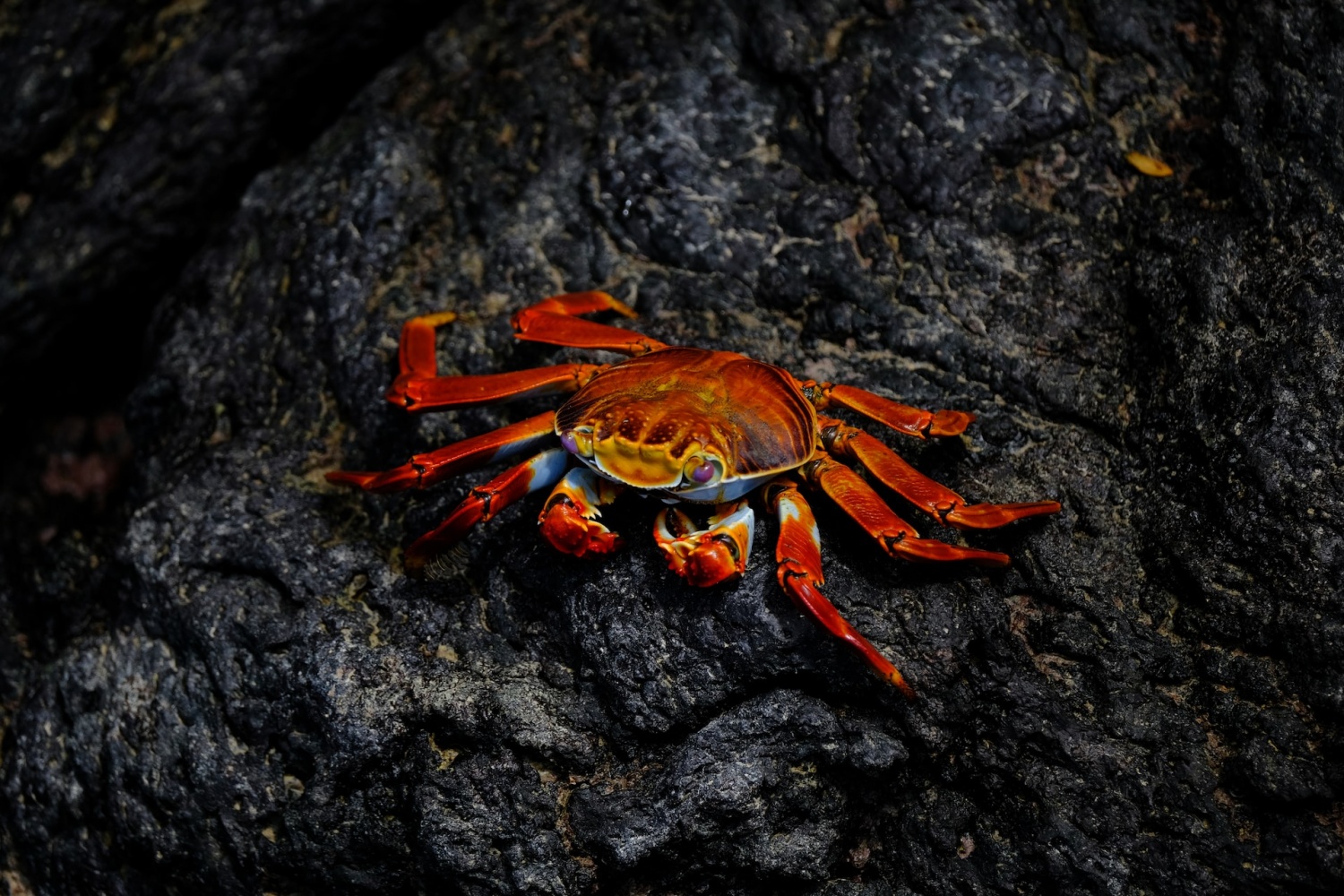
Could crabs and lobsters help make batteries more sustainable? Scientists think so! American University of Maryland researchers have identified a special chemical found in crustaceans like crabs and lobsters that can be used to make long-lasting batteries for energy storage.
Moving to green solutions for cleaner energy generation isn’t enough, even the batteries to support such technology need to get on the environmentally friendly train. Chemicals used in traditional lithium-ion batteries take hundreds or thousands of years to break down and also run the risk of catching fire. Hoping to find a valuable solution to this problem, scientists from the US have developed batteries that use a product from crustacean shells to store energy.
“A sustainable chitosan-zinc electrolyte for high-rate zinc-metal batteries”
Journal Matter on Thursday published a paper titled “A sustainable chitosan-zinc electrolyte for high-rate zinc-metal batteries.” Professor Liangbing Hu from the University of Maryland served as the project’s leader.
The professor was quoted by The Guardian as saying, “We think both biodegradability of material, or environmental impact, and the performance of the batteries are important for a product, which has the potential to be commercialized.”
Crab and lobster shells may be used to make batteries more sustainable
Scientists now think a chemical found in crab and lobster shells may be used to make batteries more sustainable. Crustaceans such as crabs, lobsters, and shrimps have exoskeletons made from cells containing chitin. Chitin is a kind of polysaccharide that makes their shells hard and resistant.
The degradation of conventional batteries, comprised of lithium-ion and other materials, can take hundreds or even thousands of years. These compounds are frequently also flammable and corrosive. Batteries from consumer electronics can start fires on airplanes, in landfills, and at recycling sites.
After chemical processing and with a hint of an acetic acid aqueous solution, chitin may be synthesized into a gel membrane to be used as a battery electrolyte. The battery’s creators say that it is 99.7% energy efficient even after 1,000 battery cycles that provide up to 400 hours. Essentially, these batteries may be charged and discharged quickly without any harm to their performance.
